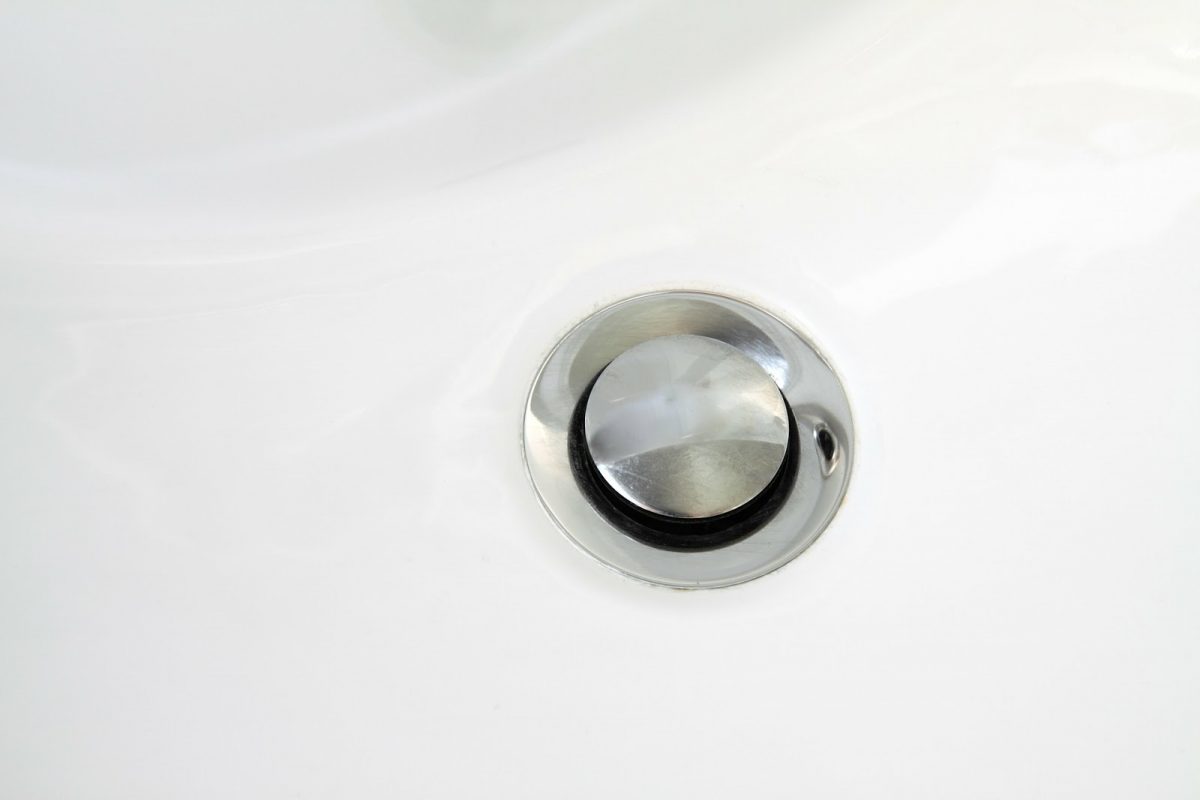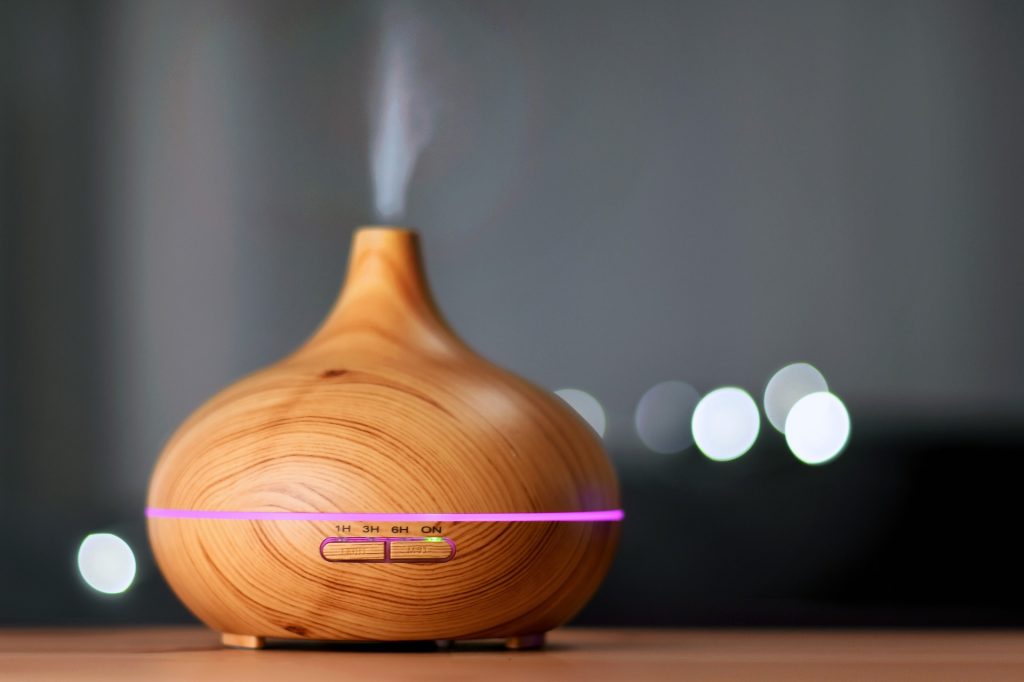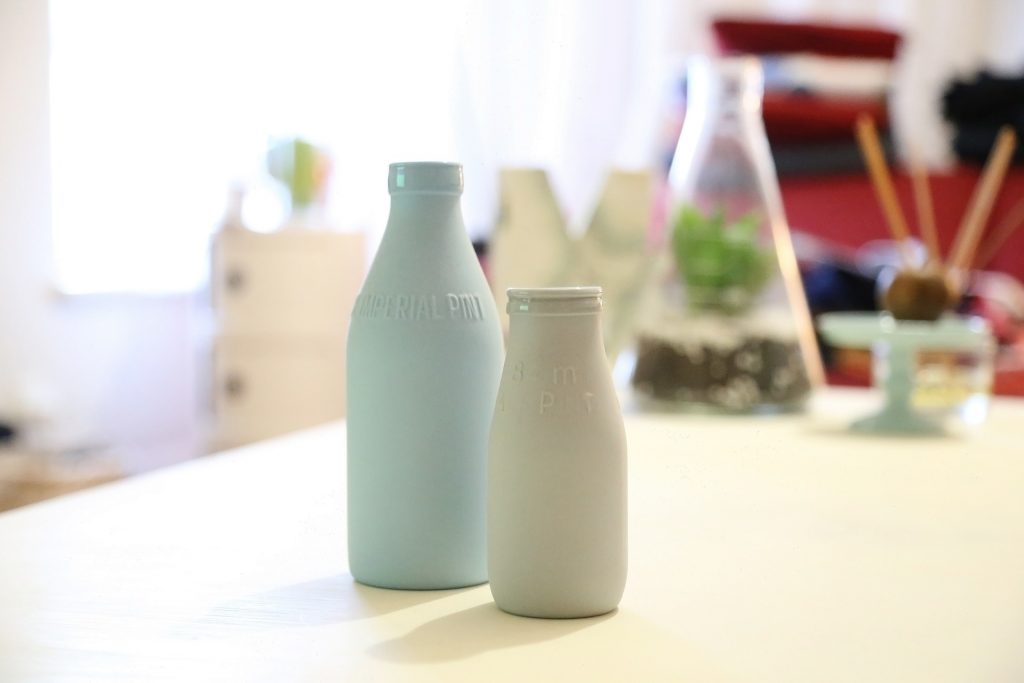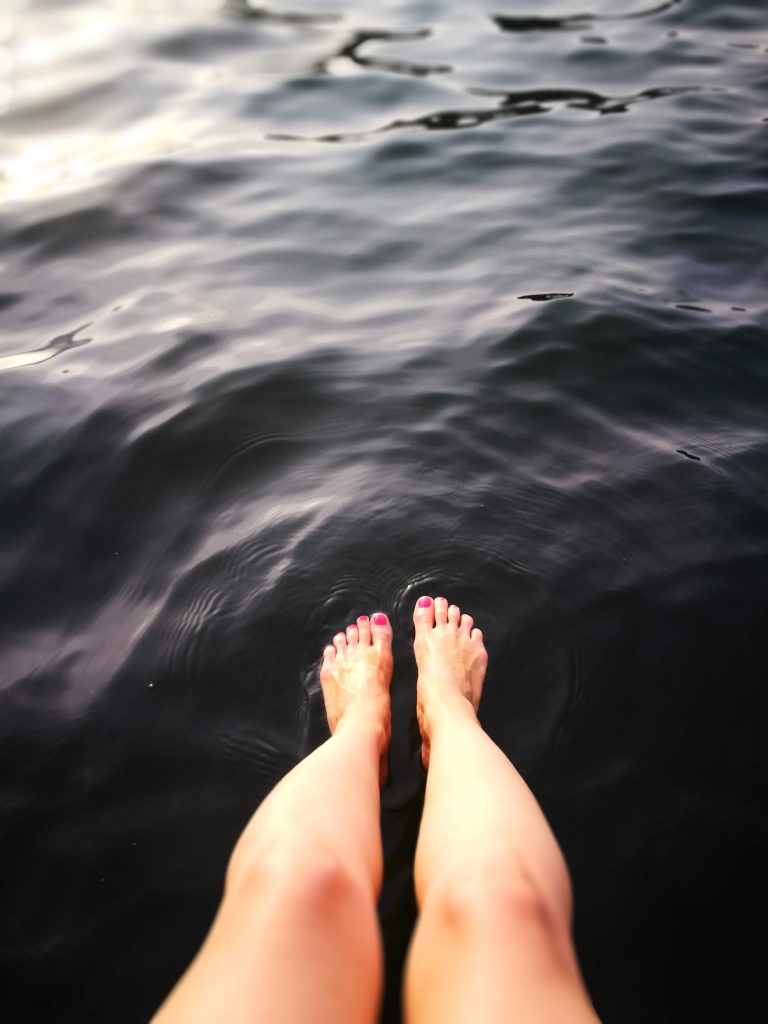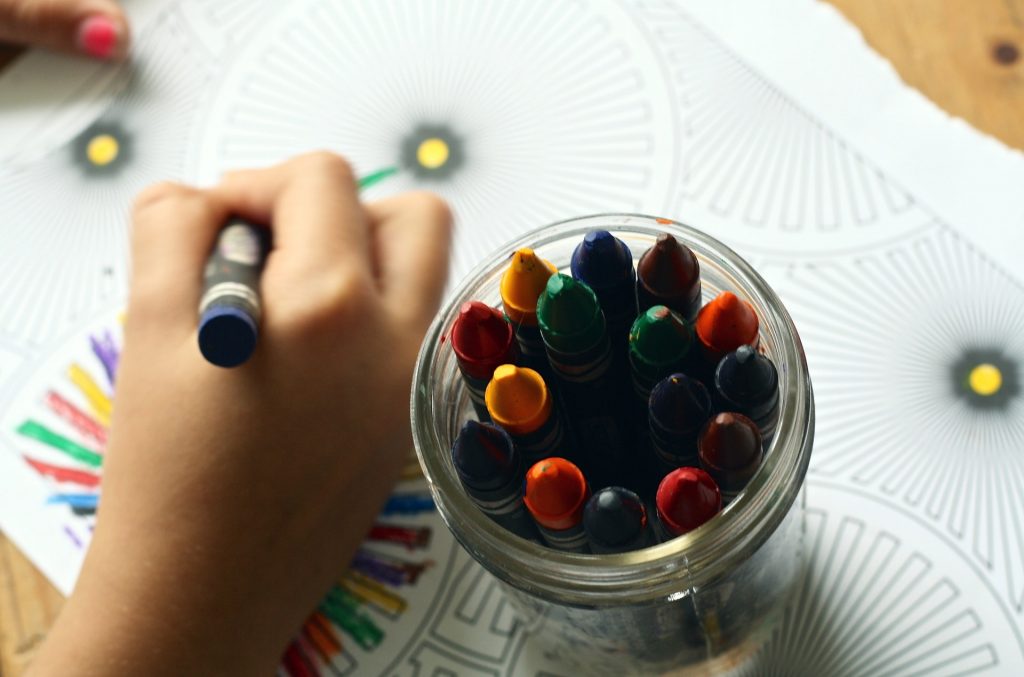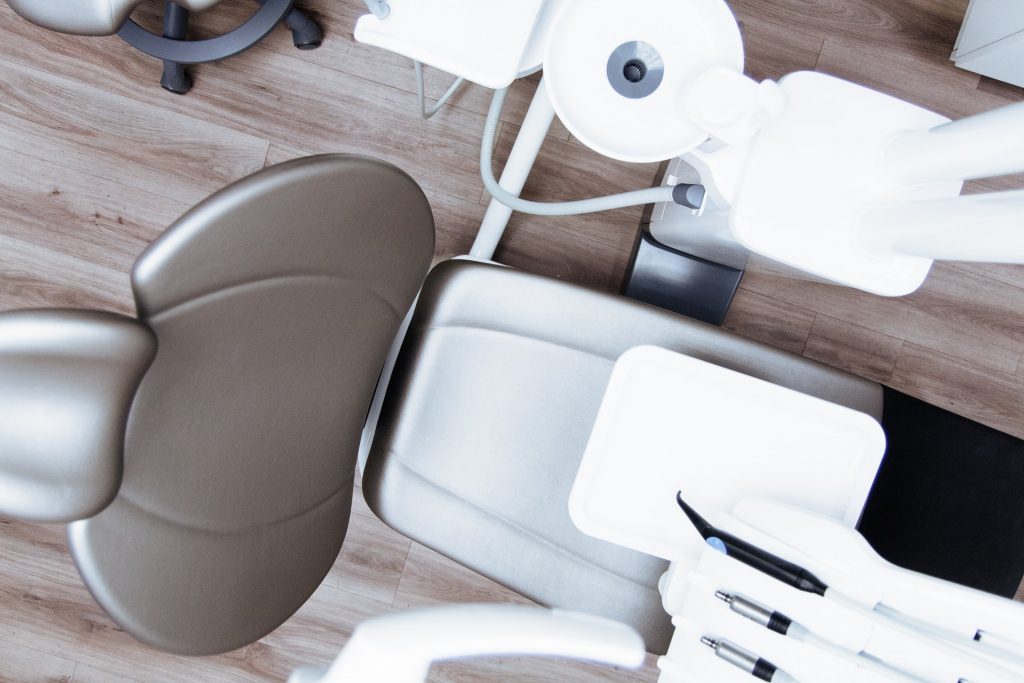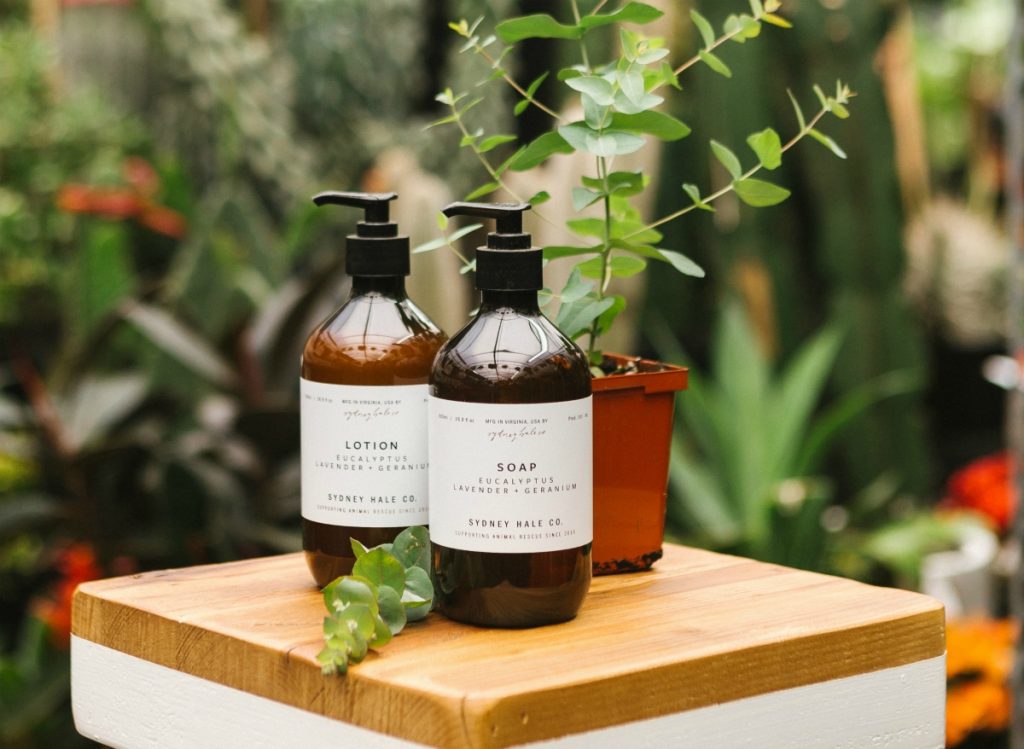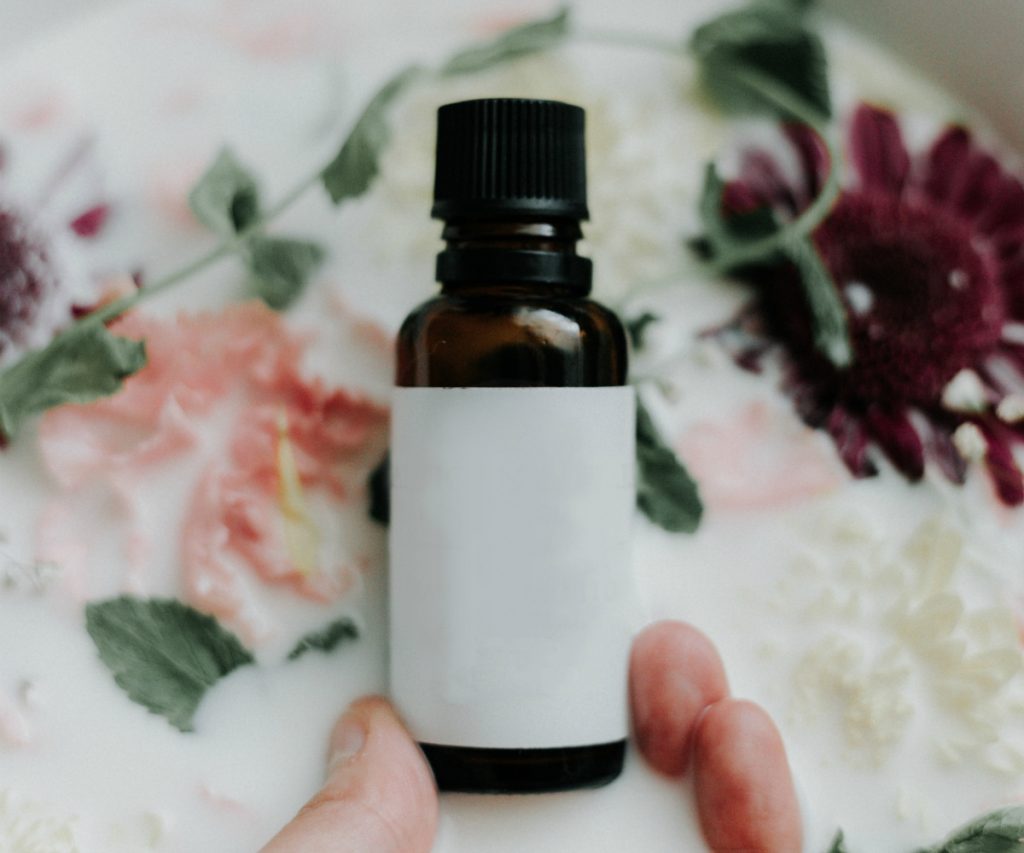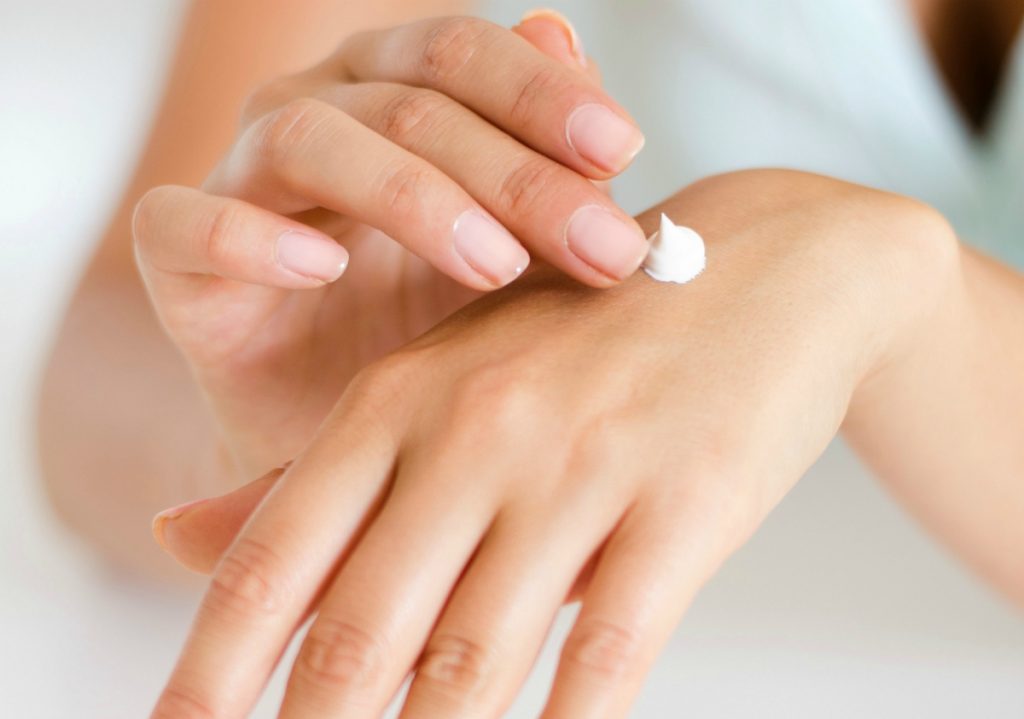Sometimes it happens that our drains get clogged. The water drains slowly and it can sometimes have a bad smell. It leaves us with a number of problems like not being able to use the sinks, bath or toilet. This situation usually sends us running for a bottle of chemicals for unclogging the drain. It is one of the most common methods for cleaning the drains. But, it’s also one of the very dangerous ways of resolving this problem. These chemicals are caustic, meaning they can damage your skin and eyes, and they can damage certain types of pipes. But, there are many ways with which you can unclog the drains naturally, without using dangerous chemicals. Read on to find out what they are.
Baking Soda and Vinegar
These are the two simple ingredients you probably already have in your home, and that don’t cost much. They create a chemical reaction because the soda is the base and vinegar is an acid. When you mix them together, a chemical reaction happens that will bubble and eat through the clogs. To unclog the drain using this method pour ½ cup of baking soda down the drain and ½ cup of vinegar after that. Plug the drain and leave it in for an hour. After the hour, pour a pot of boiling water down the drain. Continue pouring water until the drain is unclogged.
Dish Soap and Hot Water
If you know your drain is clogged by grease, a good method is to use your regular dish soap and hot water to unclog it. To use this method, pour a good amount of dish soap down the drain. After this slowly pour a pot of boiling water down the drain. This should break up any grease clogs in your drain. This method should be done once a week to prevent clogs.
Hydrogen Peroxide
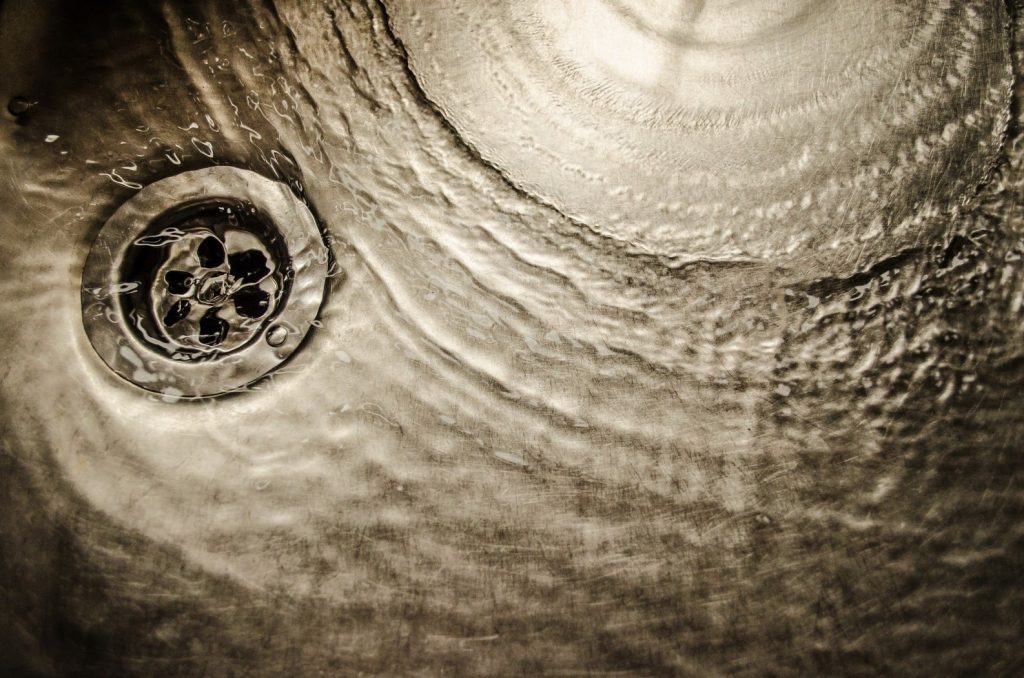
Another method of unclogging your drains with ingredients you already have in your home is using hydrogen peroxide. It’s good for disinfecting and can be great for unclogging your drains. Mix a cup of hydrogen peroxide with a tablespoon of baking soda and pour it down the drain. Let it foam and it should break up any clog in your drain.
Baking Soda and Salt
Another mixture for unclogging your drains that involves baking soda is adding salt to the mixture. Mix about half a cup of soda and half a cup of salt and pour it down the drain. It would be best to leave it overnight, or at least an hour. When the proper amount of time has passed, pour down a boiling pot of water and your drain should be cleared out.
Professional Help
If you have tried everything and your drain is still clogged, consider hiring professional plumbers that can solve your problem. Hiring plumbers that have all the right tools and don’t use harsh chemicals for unclogging blocked drains can be a lifesaver. They can solve your problem very quickly and efficiently. Not every clog is possible for a do-it-yourself unclogging, so save yourself the hassle and frustration. Another reason for hiring professionals is that having clogged drains increases the possibility for your pipes bursting and adding to the problem and whole cost of the operation.
Wire hanger
If the clog is persistent, it may be better to use a physical approach to the problem. Everyone has a wire hanger in their home, and it can be the perfect tool for unclogging the drains in your home. Take the wire hanger and straighten it as much as you can and then bend one ned to create a hook. Remove the drain cover and start fishing around. The hook of the hanger will catch hair and any big stuff that is clogging your drain. Try not to push the gunk further in. Have a bag to discard everything you pull out. When you are finished, run hot water and everything should be working nicely after.
Plunger

Plungers are one of the tools for unclogging drains and toilets that first come to mind. They are fairly simple to use, and you can do this very quickly. There are two types of plungers, one for the toilet and one for sinks. The toilet one is bigger and usually has a black cup. The plungers with shallow cups are for sinks and tubs. In order to use the plunger and for it to work, there should be water covering the drain. Place the plunger over the drain and push until it makes a vacuum seal over the drain. Grasp the handle and pump the plunger up and down quickly a couple of times. Pull it out and see if the drain has opened. If it’s necessary, repeat the process until the drain is opened.
If you have successfully unclogged your drains, there are steps you can take to prevent them from getting clogged up again. Swap out your normal sink stopper for a one that prevents any unwanted materials from going down the drain. Clean your drains regularly with baking soda and hot water. If you follow this advice, you won’t have any drain problems for a long time.

